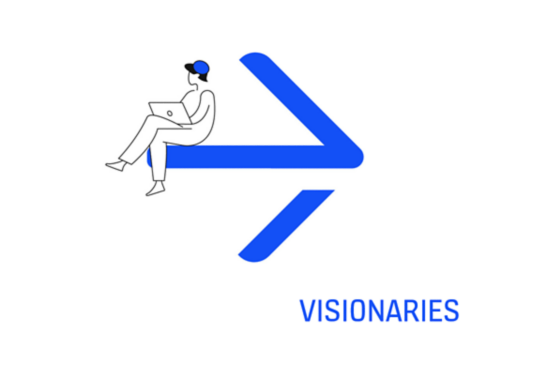From raw data to real decisions

Alper Atamturk, program director for the UC Berkeley Master of Analytics program, partnered with KONE to launch the KONE Fellowship for Future Analytics leaders. Atamturk sees the turning point societies must take to leverage technology in the smartest way possible.
“There’s so much data being collected in our daily lives and in urban elevators,” Atamturk says. “This vast amount of data has reached a point that is impossible for humans to manually analyze themselves and translate into actionable decisions. We need automated systems, AI, and machine learning to make sense of that data.”
Using this technology in the right way, Atamturk explains, does not take anything away from people, but instead empowers them. “There are certain things humans are very good at – human-to-human interaction, strategic and deep thinking, and planning. Technology allows humans to focus on what they do best and let the number crunching be done by computers.”
This is where the Fellowship program comes into play. “KONE is a global leader in urban mobility and sustainability, and UC Berkeley is well known for world class research and education in industrial engineering, operations, and research, so this partnership felt like a great fit,” Atamturk says. “The program is about attracting global talent to UC Berkeley and creating opportunities for those students to not only learn analytical methods but apply them in the context of urban mobility.” Through the program, not only do students complete several analytics courses, but work directly with KONE to build analytics solutions that, for example, analyze elevator data across the Americas to help employees perform their jobs better.

Leveraging data analytics to lead innovation

Konsta Jokipii, director of business analytics for KONE Americas reflects more on the partnership with UC Berkeley.
“Our DNA has always been innovating in the physical space of engineering,” Jokipii says. “And now with one KONE’s strategic shifts focusing on how we can accelerate digital capabilities, that’s where innovation is happening next.”
Take elevator connectivity, for example, where elevators are digitally linked to cloud-based systems, allowing for real-time data exchange, remote monitoring and predictive maintenance. Here's how this innovation works in everyday operations: Sensors and software continuously monitor elevator performance. Data is sent to KONE’s cloud platform, which analyzes it to detect equipment performance and usage metrics, for example. As of the summer of 2025, a solid proportion of KONE’s maintenance base is now connected, with goals to expand connectivity throughout our service base. This will enable predictive maintenance and remote diagnostics gathering. Data has a strategic impact for KONE: It’s central to KONE’s modernization and service growth.
To be successful in the digital space though, Jokipii notes it’s important for KONE to work with those who are exposed to advanced analytics and cutting-edge methodologies, to share real-world pain points and co-create solutions together.
Take budget pricing, for example. Customers will have a budget they need to work within when building and maintaining their elevators to ensure the project aligns with sustainability and urban planning goals. Finding the right pricing that fits their budget could normally be a lengthy and manual process of data input for a salesperson. However, by focusing on these real pain points, through our partnership with the University, we were build an app that would analyze data and allow a sales rep to compile a proposal in just a few minutes, enabling a real-time conversation with the customer to make more informed decisions about budgeting and planning.

This also allows sales teams to focus more on customer conversations and elevate the ease of doing business with KONE. “We care about the data,” Jokipii says. “So, if we can facilitate that part for people and enable the discovery, that can help them get what they need faster.”
Students can also take a great sense of pride in knowing the apps they’ve designed in classroom labs have real-world impact. “They come out of the program much more well-rounded, with knowledge related to smart cities, urban mobility and sustainability,” Atamturk says.
Creating digital solutions with the right purpose
When introducing these new apps, Jokipii notes end users must understand what’s in it for them. “If we just say ‘hey, you should do this thing differently because that's how things are going to be in the future,’ there is no buy-in for them,” he says. “Instead, we co-create with our end users to listen to them and understand their daily work. When we launch a solution, they understand it is to enable them, rather than there being a push for something new for the sake of it being new.”
“I’m sure we’ll find many cases in future, where people will say ‘here’s a problem I have. Maybe I can pitch it to this team, and they can help find a better solution,” Jokipii says. The possibilities are endless.

